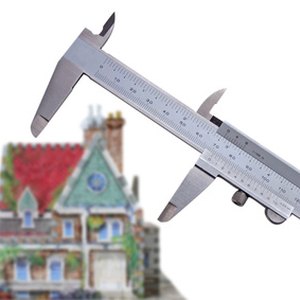
Mortgage riders are common with any type of mortgage, be it a first or a second mortgage. Riders are put in place to allow the lender — who is also a stakeholder — to maintain a certain level of control concerning the usage of the property.
Function
A rider acts as an addendum to a mortgage. The language in the rider is specific to the lender. It requires require certain agreements from the borrower in relation to on-time payment of homeowner association assessments or laws regulating renting or sub-leasing a property. The language in a rider will also be placed on the deed of trust, which is an instrument used by lenders to foreclose if the owner violates the terms of the deed or the attached rider.
Purpose
Making a purchase of a second home for vacation property will be stated in a borrower’s rider. The purpose of a second home purchase is always part of the rider for the home. Even if a property is purchased for investment purposes, most lenders require a rider stating the terms of use and the borrower's intended use for the property purchase.
Terms
If a borrower violates the terms of the rider, the lender can foreclose by calling the rider clause due. In these circumstances, it does not matter if the borrower has made timely payments on the mortgage or upheld all other terms of the mortgage. Violation of the rider is enough to allow the lender to pursue a foreclosure filing.
References
- My Home Loan Tools: Mortgage Definition
- Realty Times: Can A Bank's Rental Ban Stick if Not Enforced?
- Kiplinger. "What to Know Before Purchasing an Annuity Income Rider." Accessed March 14, 2020.
- NAIC. "Buyer’s Guide for Fixed Deferred Annuities," Page 1. Accessed March 14, 2020.
- Western and Southern Financial Group. "What Is an Income Rider and Why Would You Include One?" Accessed March 14, 2020.
- Nationwide. "Nationwide Annuity Riders and Features." Accessed March 14, 2020.
- Kiplinger. "What to Know Before Purchasing a Long-Term Care Rider." Accessed March 14, 2020.
- Fidelity. "Long-Term Care: Options and Considerations." Accessed March 14, 2020.

